Learn how to make oat flour from scratch. Homemade oat flour takes less than 5 minutes to make, is incredibly easy, and can be used in a variety of recipes.
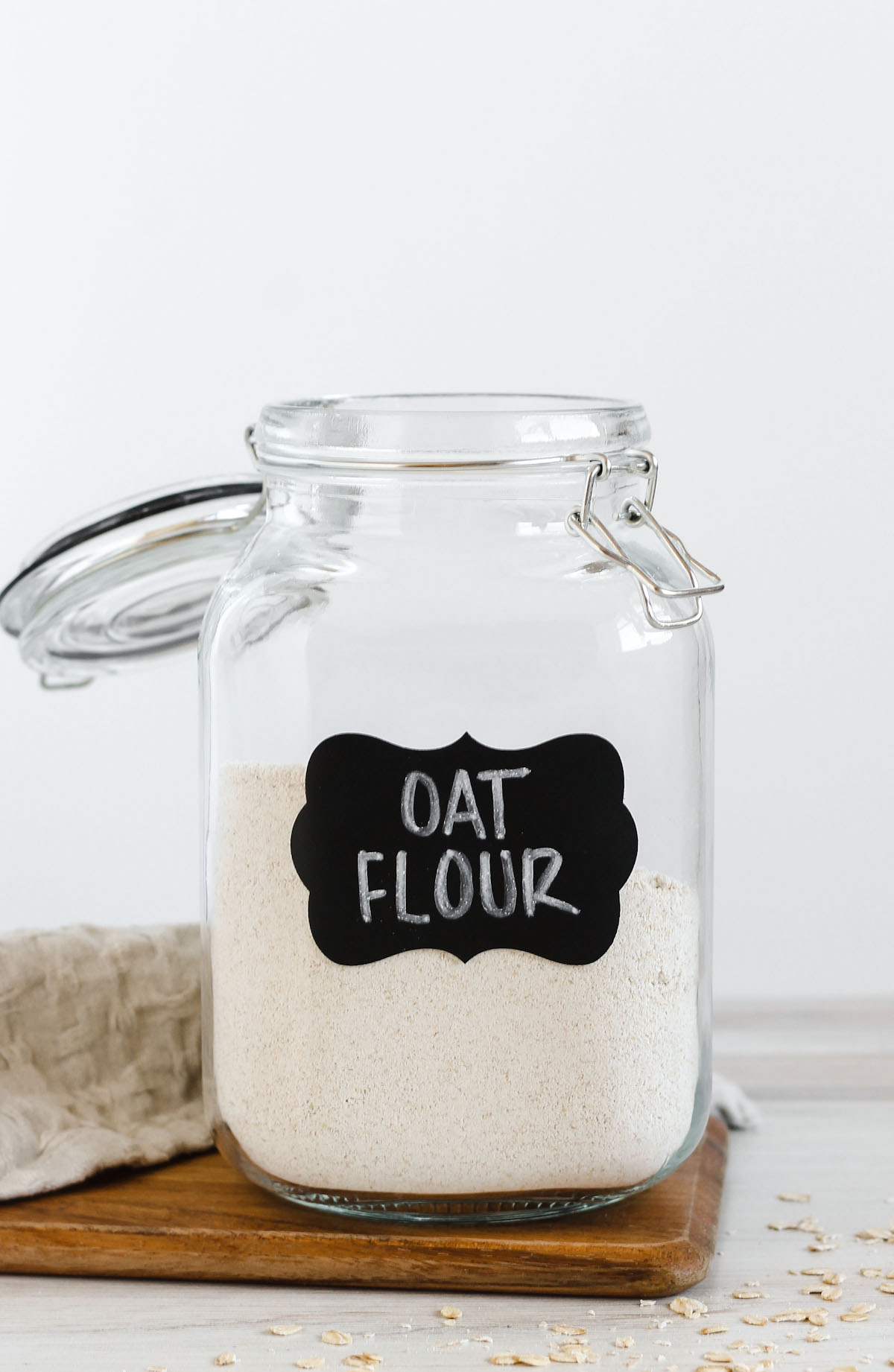
Jump to:
Oat Flour
What is oat flour? Oat flour is simply oats that have been ground down into a fine powder/flour. The flour itself is light in texture and when baked has a more tender crumb and provides a slightly sweet and nutty flavor to baked goods.
Oat flour is a healthy alternative to regular wheat flour. Because it's made from oats, which are a whole grain, it's packed with fiber, vitamins, minerals, and antioxidants. It's also great for those following a gluten-free diet, as long as you use certified gluten-free oats when making your own oat flour.
Oat flour is a staple in my kitchen pantry! I love making baked goods like pancakes, breads, muffins, cookies, you name it, using oat flour. And I love blending my own as it's incredibly easy, much cheaper than buying oat flour, and I can ensure it's both gluten free and organic.
Here, I will break down for you how to make oat flour, tips for using oat flour in recipes, and share my favorite recipes for using oat flour.
Ingredients
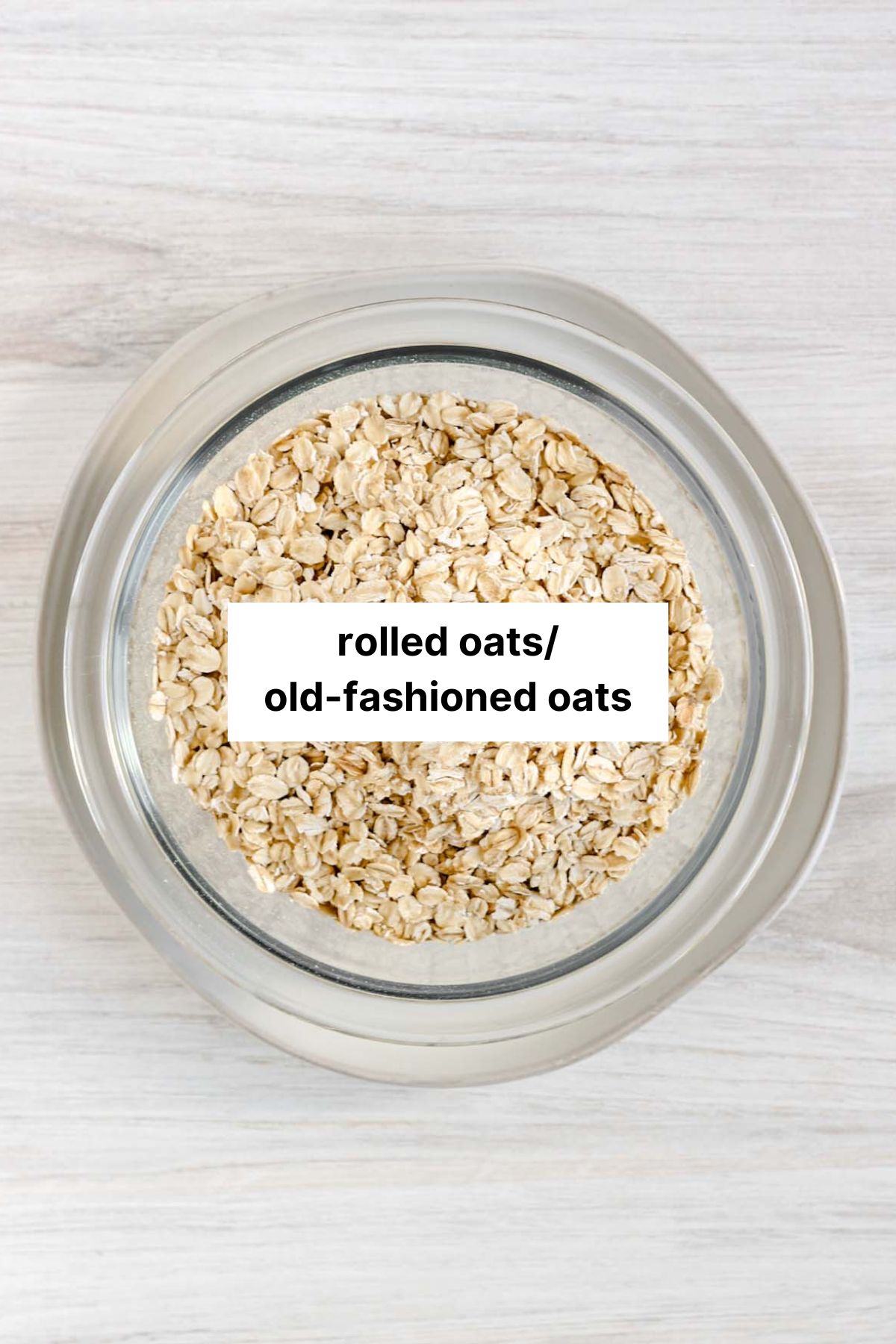
Rolled oats/old-fashioned oats - All you need are rolled oats/old-fashioned oats, when making oat flour. I have not tried quick cooking oats, or steel cut oats, so I don't suggest using either of those.
I use gluten-free sprouted rolled oats (sprouted grains are easier to digest) or standard gluten-free rolled oats. But oats that aren't certified gluten free still work if you aren't gluten free.
Clean food tip: Like most grains, oats are sprayed with glyphosate prior to being harvested. Even organic oats can have glyphosate residue on them (due to cross-contamination), but at much safer levels deemed by the Environmental Working Group. Because of this, I always recommend organic oats.
Is Oat Flour Gluten Free?
Technically, yes, oats are a gluten-free grain. However, oats can be cross-contaminated with gluten during processing.
If you follow a gluten-free diet, or have celiac, you should use certified gluten-free oats. However, it's important to note that a small number of people with celiac disease cannot tolerate oats due to a protein called avenin (it has a similar amino acid structure as gluten). I recommend using with caution if you have celiac disease until you know you can tolerate oats.
How to Make
Making oat flour might just be one of the easiest things ever!
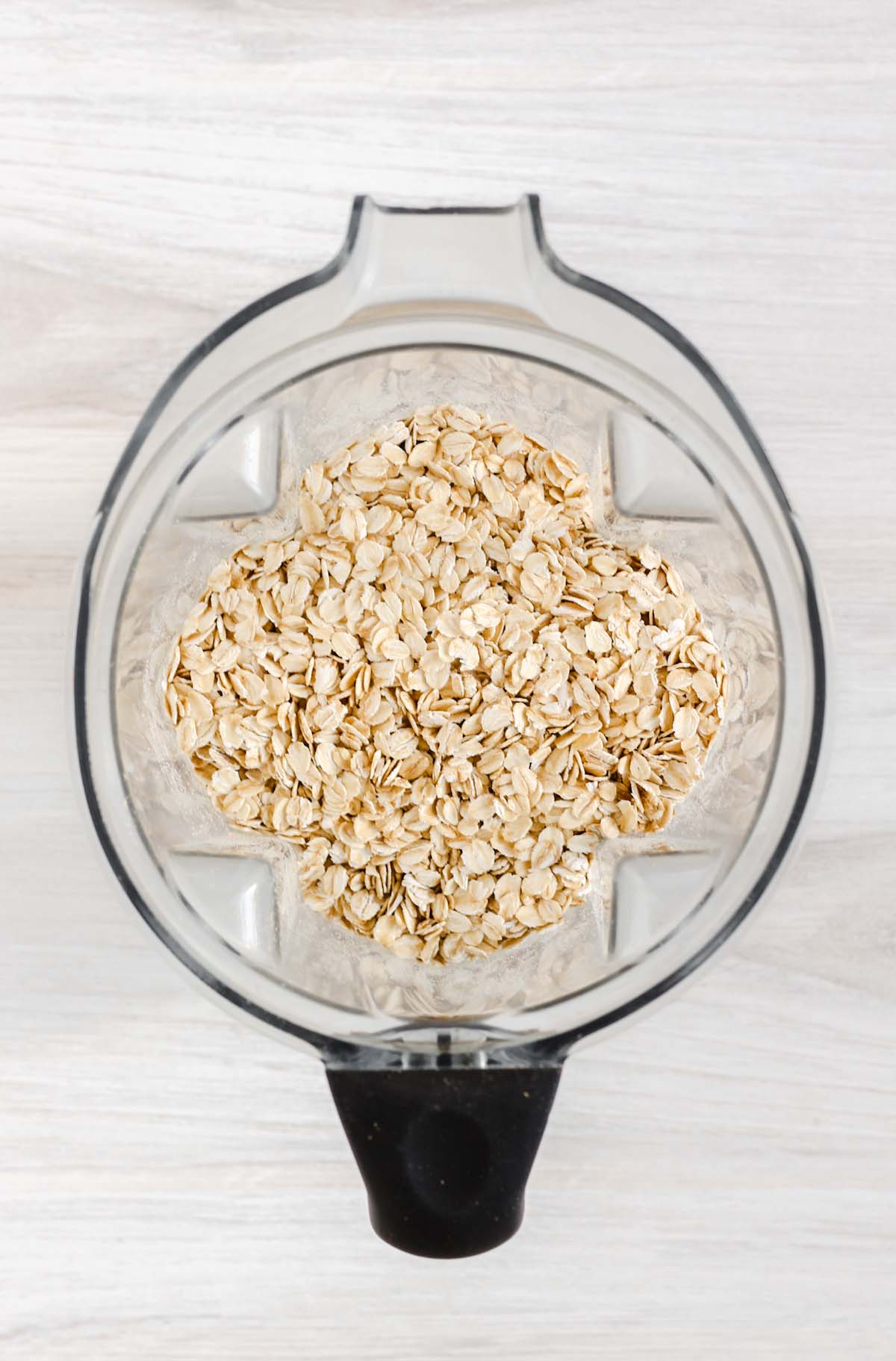
Step 1: Add oats to a high-powered blender or a food processor.
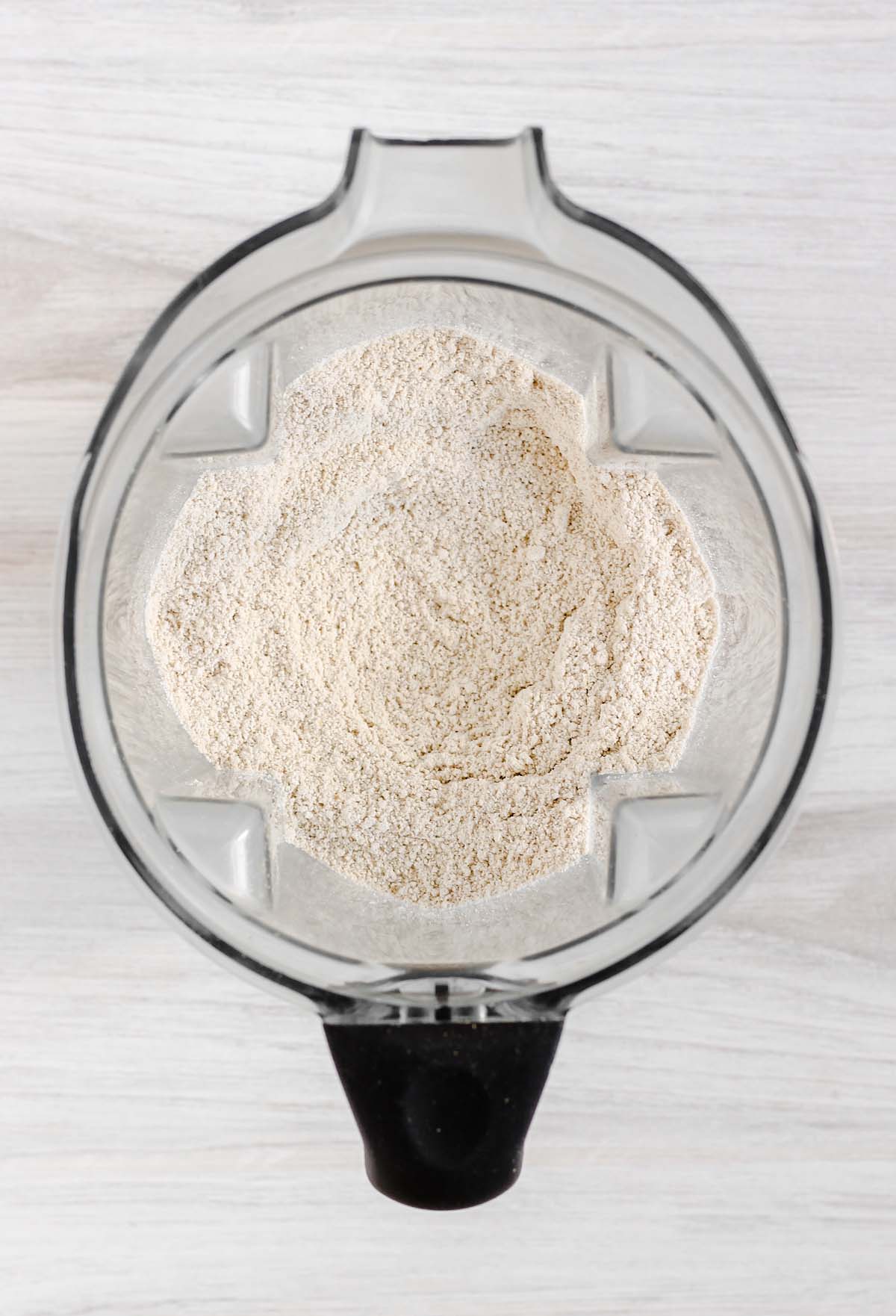
Step 2: Cover and blend on med-high until a fine flour remains. This should only take about 30 seconds, pending how much many you are blending. If needed, you can stop and stir the oats if they are getting stuck.
And that's it... told you this oat flour recipe was super easy!
Expert Tips and Notes for Using Oat Flour
Oats to oat flour measurement: 1 cup of rolled oats will yield about ¾ cup of oat flour.
Sift before using: Oat flour will settle as it sits and may form some small clumps. Simply mix with a fork to remove any clumps.
Measuring oat flour: When measuring oat flour, use a spoon to lightly scoop and level into measuring cups. Do not pack down the flour.
Don't substitute oat flour as a 1:1 for regular wheat flour: Because oat flour does not contain gluten, and is much lighter than regular wheat flour, it should not be used as a 1:1 replacement.
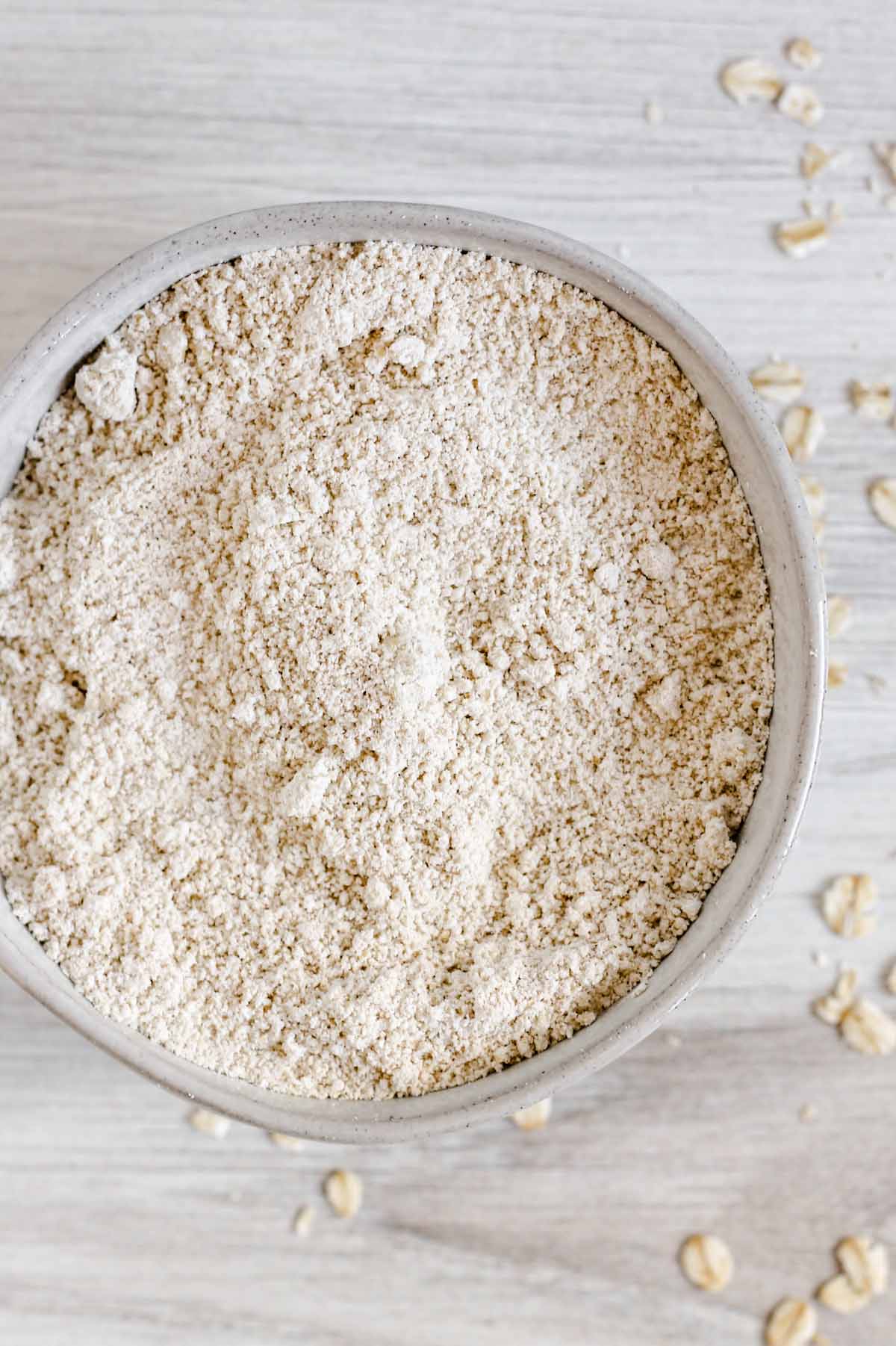
How to Store
Store oat flour at room temp in an airtight container. It should keep well for up to 6 months.
Oat Flour FAQs
Not always, so I recommend following specific recipes that call for oat flour. Oat flour is lighter than regular wheat flour, so you aren't guaranteed the same results.
I believe oat flour to be a healthy alternative to white flour. It's a whole grain, which means it contains more nutrients and vitamins than white flour.
I have not tried using steel cut oats myself, but I have heard people doing this. If that is what you have on hand, I think you can totally try. They will require more blending time though since they are more dense than rolled oats.
Oat Flour Recipes
Okay, now that you know all that there is to know about how to make your own oat flour, how about you give some recipes a try?! Here are some of my favorites:
Oat Flour Brownies
Oat Flour Chocolate Chip Cookies
Oat Flour Pancakes
Apple Cinnamon Oat Muffins
Chocolate Protein Bread
Pumpkin Chocolate Chip Bread
Gluten-free Apple Crisp
Gluten-free Waffles
More Homemade Ingredients to Try!
If you make this recipe, please let me know what you think! I would so appreciate you leaving a star rating and/or comment below. And don't forget to share a photo on Instagram or Facebook and mention @CleanPlateMama!
Eat Clean.Be Well!
-Sara
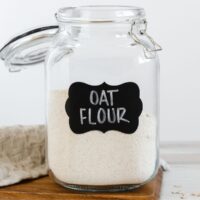
How to Make Oat Flour
Equipment
- 1 high-speed blender or food processor
Ingredients
- 4 cups rolled oats/old-fashioned oats (use certified gluten free if needed)
Instructions
- Place oats in a high-speed blender or food processor.
- Blend on med-high for about 30 seconds, or until all oats are ground down into a fine flour. If needed, you can stop the blender and mix the oats.
- Store in an air-tight container, at room temp, for up to 6 months.
Notes
- Check for small pieces of oats to ensure all oats get ground down - if needed, you can stop the blender and stir the oats a few times.
- 1 cup of oats will yield roughly ¾ cup of oat flour.
- Because I frequently use oat flour in my kitchen, I always blend up multiple cups of oats and store a jar of oat flour in my pantry so it's ready when I need it.
- The nutrition information shown is for roughly 1 cup of oat flour (recipe makes 3 cups).


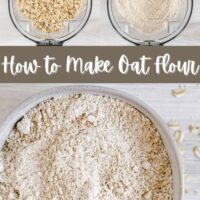
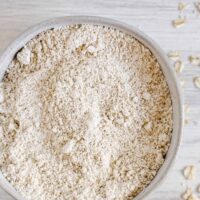
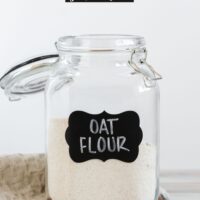
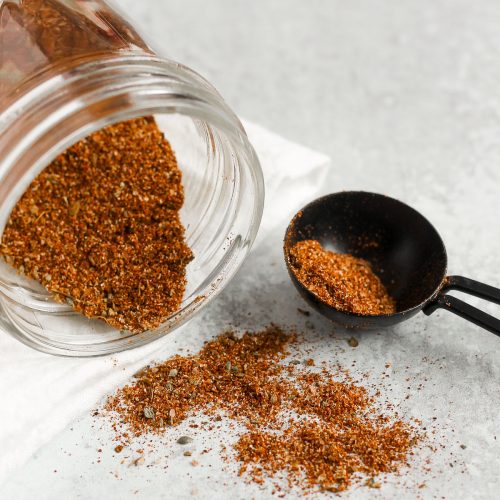
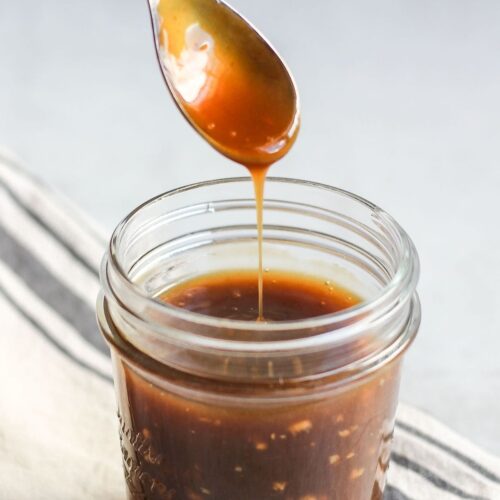
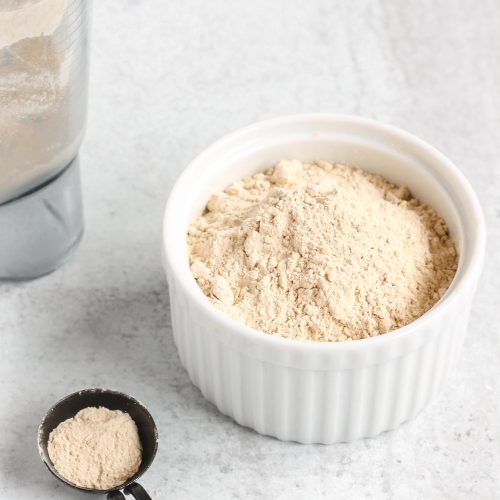
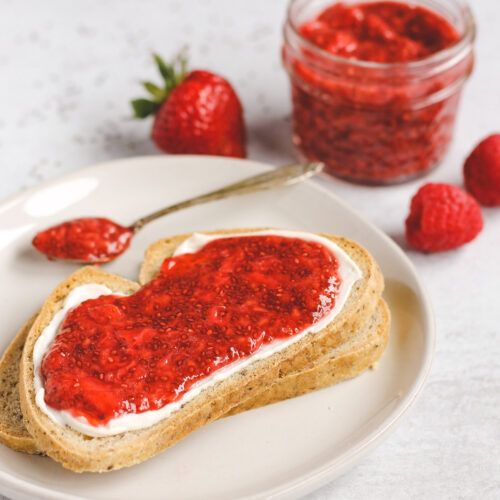
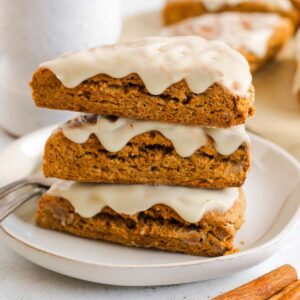
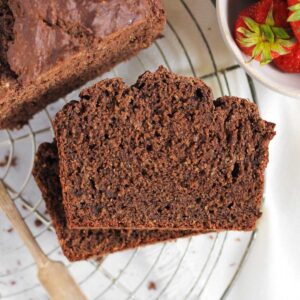
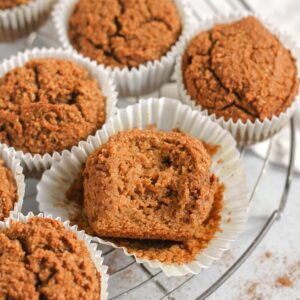
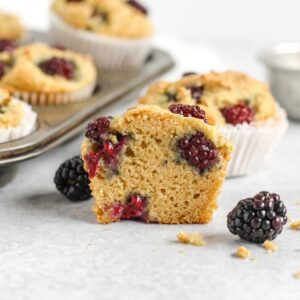
Leave a Reply